Ads are the cave art of the twentieth century
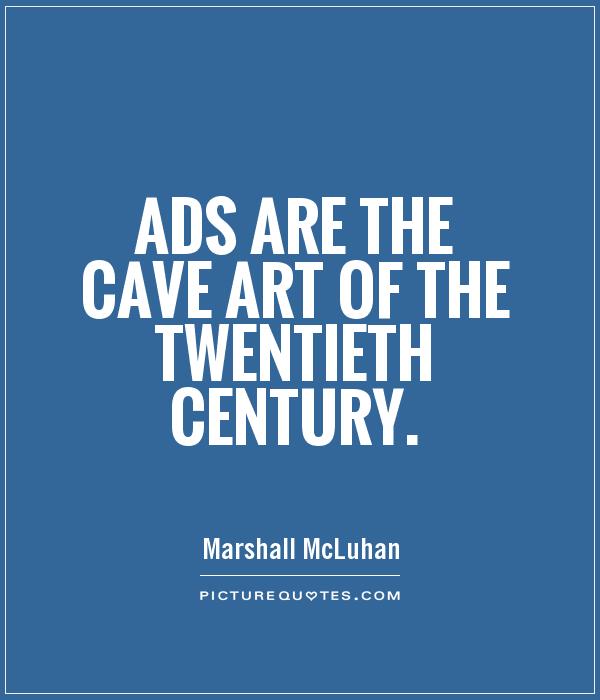
Ads are the cave art of the twentieth century
Advertising has been a crucial aspect of human communication for centuries, with its roots dating back to ancient civilizations. However, it was not until the twentieth century that advertising truly evolved into a powerful and pervasive force in society. With the rise of mass media and consumer culture, ads became ubiquitous, appearing on billboards, in newspapers, on television, and now, on the internet. In many ways, ads can be seen as the cave art of the twentieth century, serving as a visual representation of the values, desires, and aspirations of a society.Just as cave art provided a window into the lives and beliefs of our ancestors, ads offer a glimpse into the culture and mindset of a particular time and place. They reflect the social norms, trends, and attitudes of a society, capturing the essence of a moment in history. Like cave paintings that depicted hunting scenes or religious rituals, ads often convey messages about power, status, beauty, and desire. They tap into our deepest desires and fears, shaping our perceptions and influencing our behavior.
Moreover, like cave art, ads are a form of storytelling. They use images, words, and symbols to create narratives that resonate with consumers on an emotional level. Whether it's a catchy slogan, a memorable jingle, or a striking visual, ads have the power to evoke strong emotions and create lasting impressions. Just as cave paintings were used to communicate important information or convey a sense of identity, ads serve a similar purpose, helping brands connect with their target audience and stand out in a crowded marketplace.



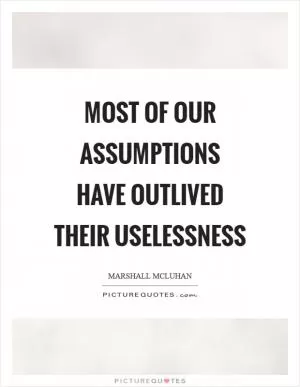
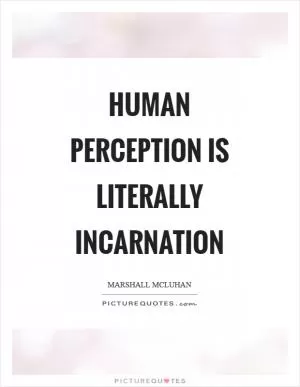


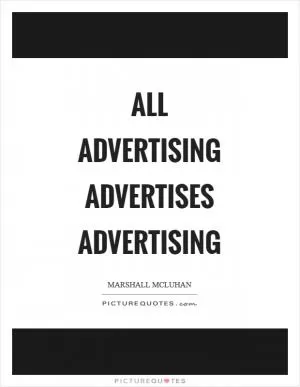


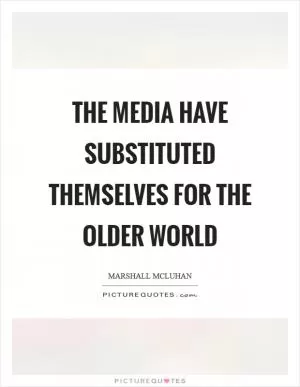

 Friendship Quotes
Friendship Quotes Love Quotes
Love Quotes Life Quotes
Life Quotes Funny Quotes
Funny Quotes Motivational Quotes
Motivational Quotes Inspirational Quotes
Inspirational Quotes